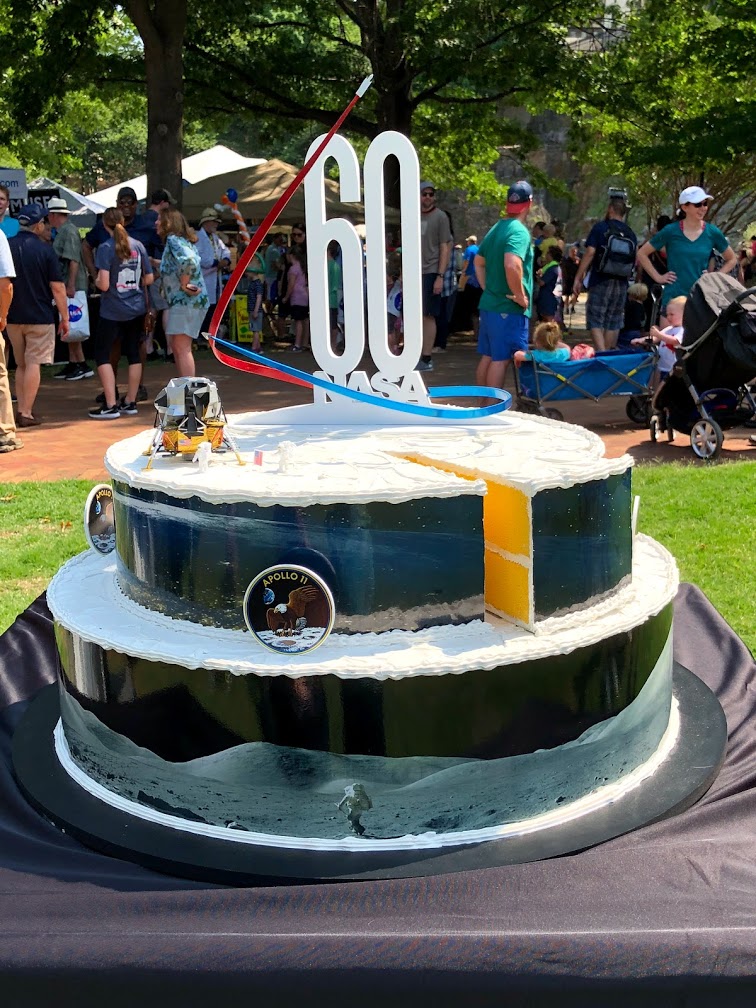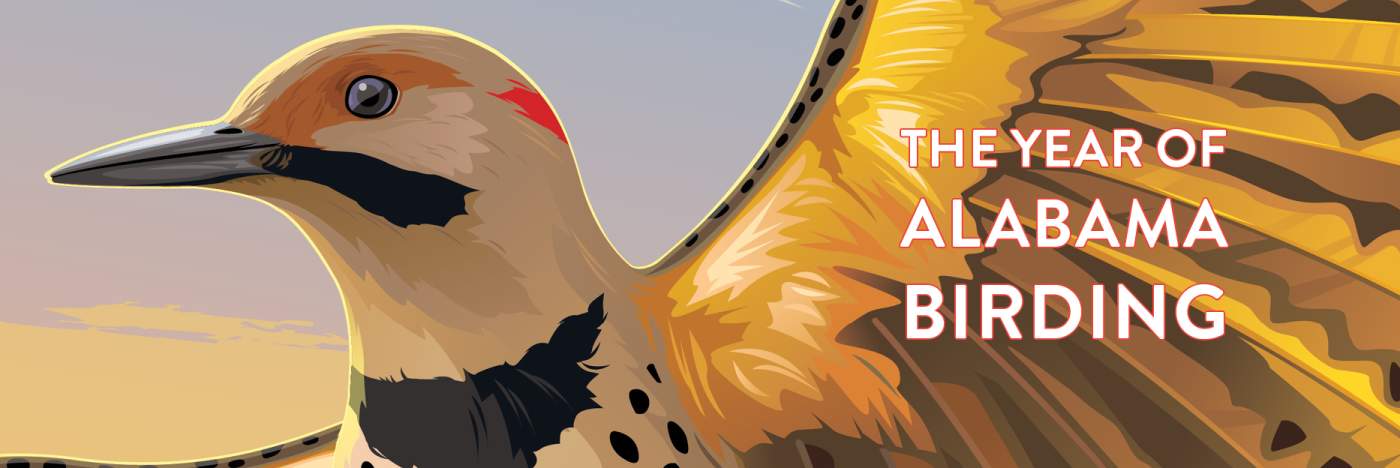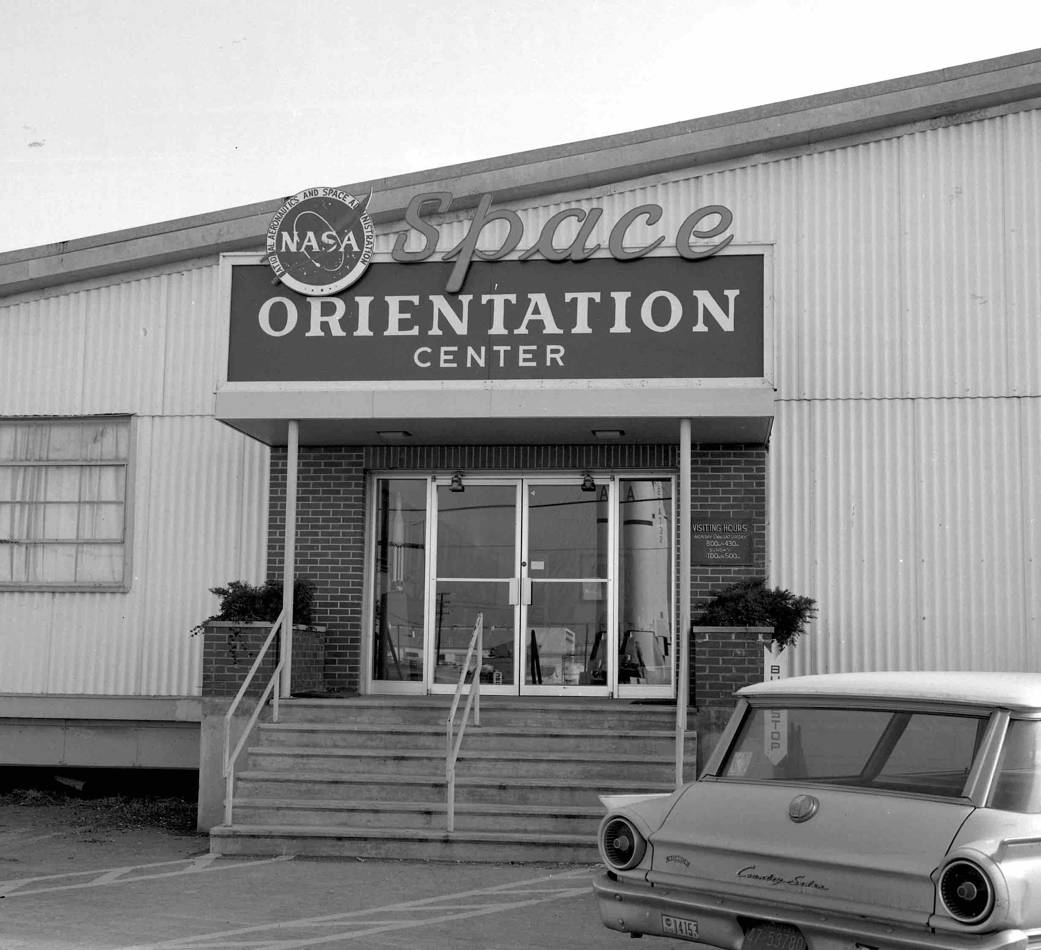
Peanut butter and jelly. Chips and salsa. Batman and Robin. Huntsville and rockets. Some things just go together.
This year marks a special anniversary for that last combination – as of 2020, Huntsville and rockets have been going together at NASA’s Marshall Space Flight Center for 60 years!
If you’re not familiar with Huntsville’s own NASA center, here’s a beginner’s guide – if you’ve seen a picture of astronauts launching on an American rocket, if you’ve seen a mind-blowing picture of deep space, or if you’ve seen American astronauts working inside a space station, odds are you were seeing Huntsville’s Marshall Space Flight Center at work.
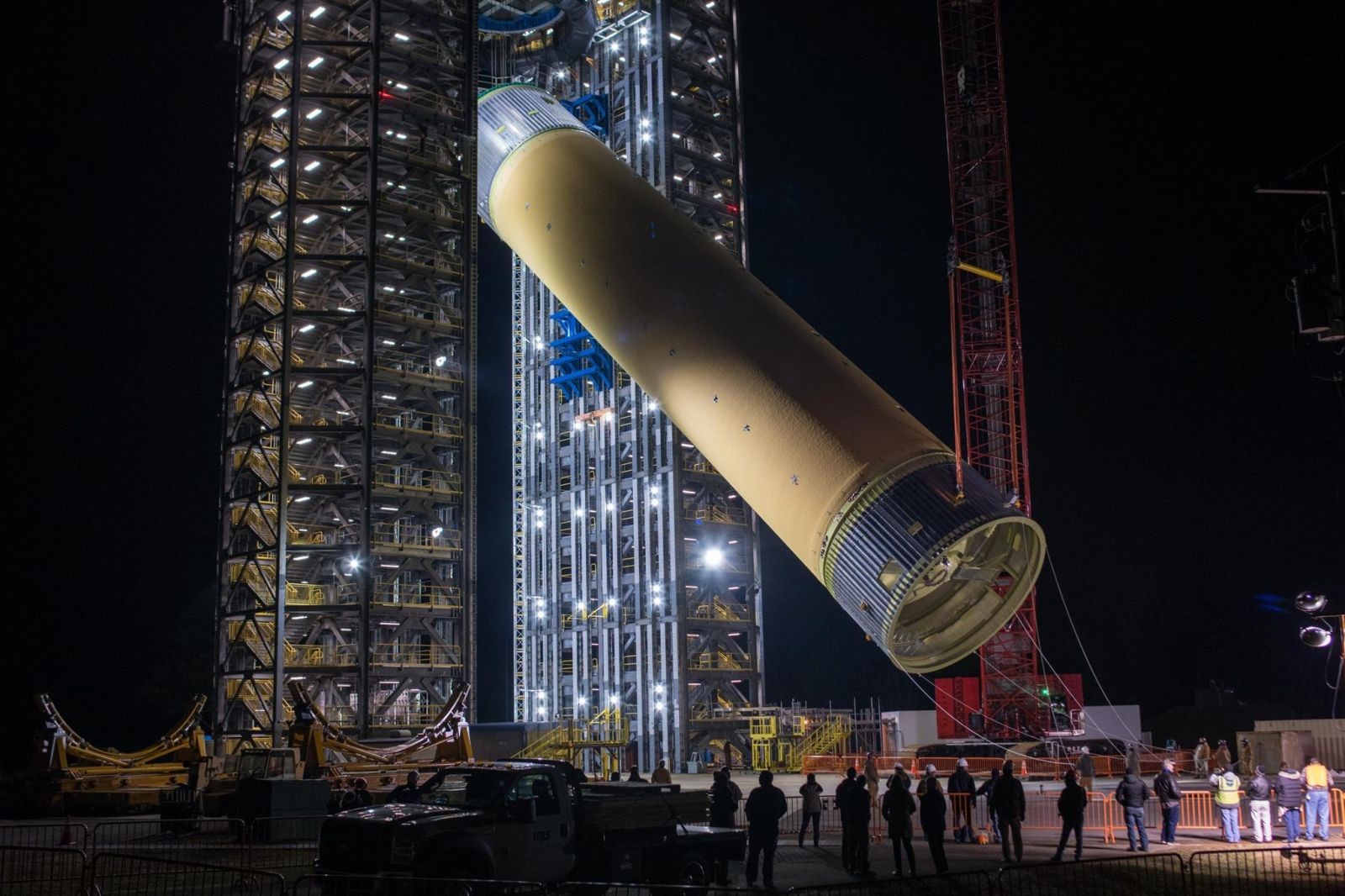
Place for Propulsion and More
The Saturn rockets that carried men to the moon were developed at Marshall Space Flight Center, as were the propulsion systems for the Space Shuttles that flew for over 30 years. Today, Marshall is working on America’s next great rocket – the Space Launch System that will return astronauts to the moon and eventually pave the way to Mars. Marshall also provides technical expertise for NASA’s commercial crew program, under which companies like Boeing and SpaceX will soon begin transporting astronauts to the International Space Station.
Marshall played a key role in the development of the Hubble Space Telescope, and also led the development of the Chandra X-Ray Observatory.
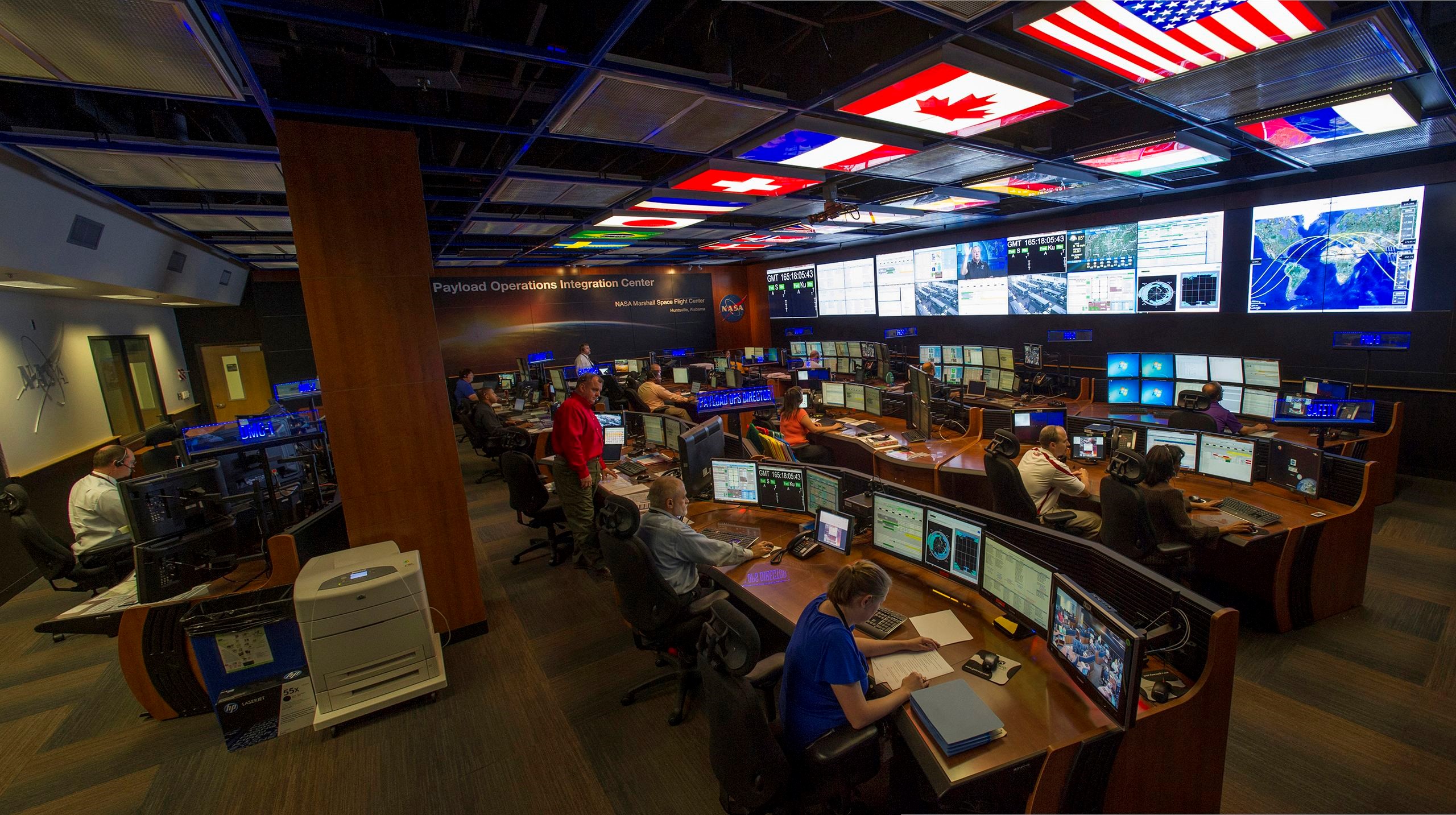
Marshall oversaw the production of the American modules for the International Space Station, and the Skylab space station of the 1970s. Today, Marshall is home to the Payload Operations Control Center, the “science mission control” for the International Space Station. If an astronaut has a question about operating the space station, they call Houston. If they have a question about an experiment, they call Huntsville.
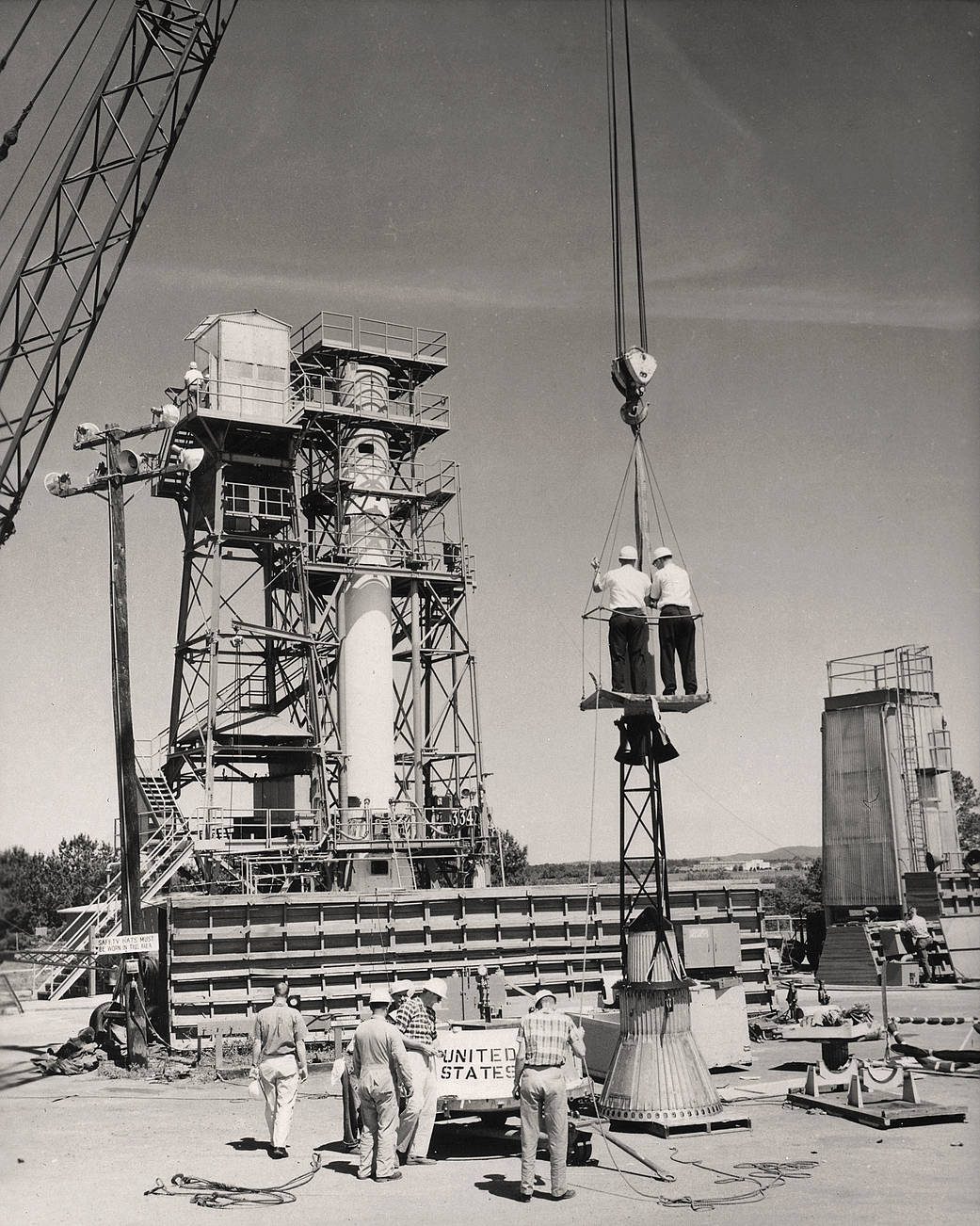
History of NASA's Marshall Space Flight Center
The pre-history of Marshall Space Flight Center dates back before there was a NASA. After World War II, Huntsville’s Redstone Arsenal was largely vacant, and the Army took advantage of the situation to begin doing rocket and missile work there. Leveraging that early work, a team of German rocket scientists, led by Wernher von Braun, were based at Redstone Arsenal, as part of the Army Ballistic Missile Agency. Even before NASA, the ABMA secured Huntsville’s reputation as the Rocket City – they were responsible for the rocket that launched Explorer 1, the first American satellite, and for the Redstone rocket that made Alan Shepard the first American in space.
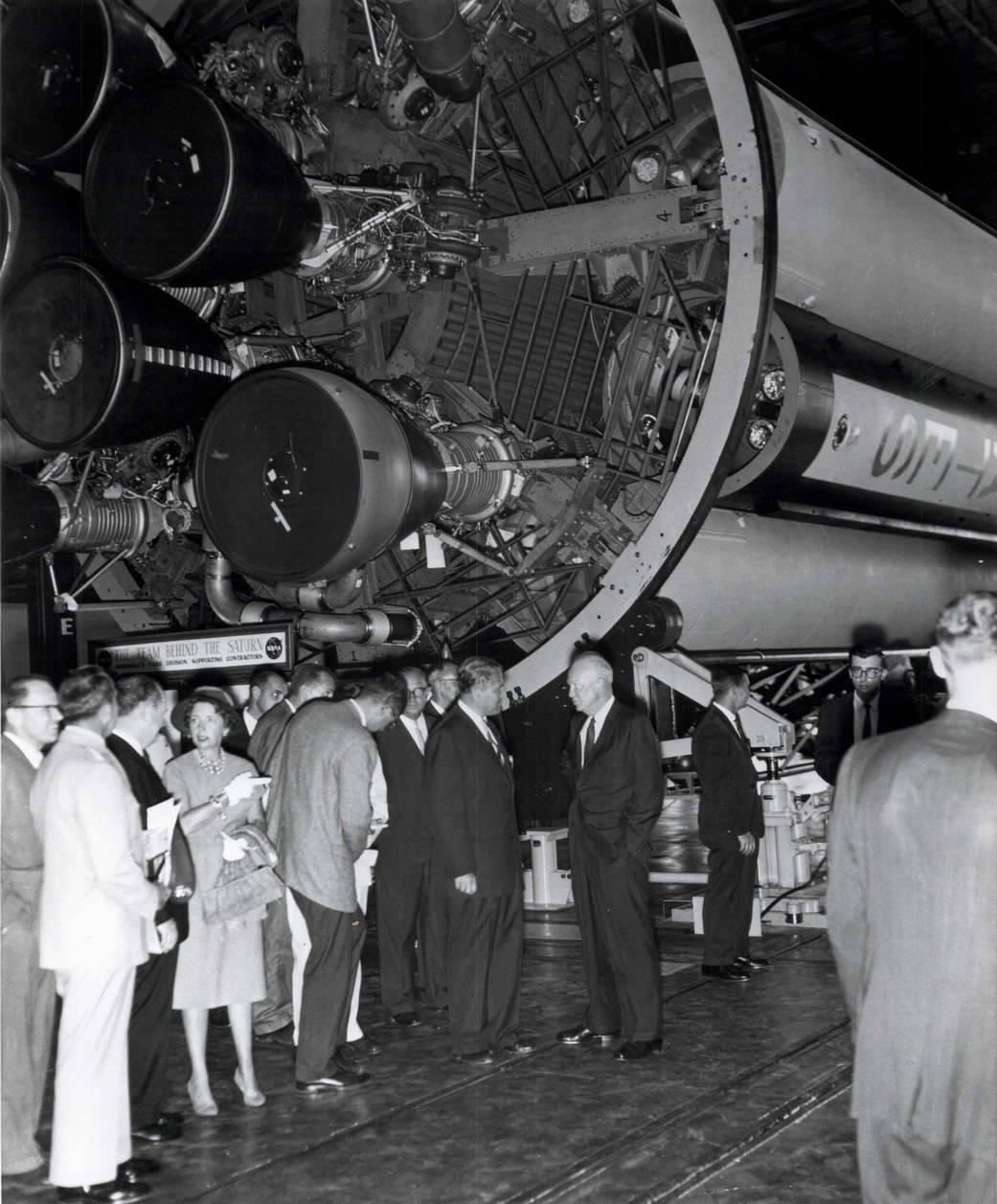
NASA was formed months after Explorer 1 was launched, and two years later the ABMA was transferred to NASA to form a new NASA field center located on Redstone Arsenal, the Marshall Space Flight Center. The center was founded on July 1, 1960, and named in honor of General George C. Marshall, the military leader who won the Nobel Peace Prize for initiating the Marshall Plan for restoring Europe after World War II – just as General Marshall had made the transition from war to peace, so too would the ABMA as a new NASA center.
Explore and Tour NASA's Marshall Space Flight Center
Today you can explore the history and future of Marshall Space Flight Center at another Huntsville institution marking a major anniversary this year. 2020 will mark not only the 60th anniversary of Marshall, but also the 50th anniversary of its visitors center, the U.S. Space & Rocket Center. There, you can see artifacts from Marshall’s involvement in programs including the Apollo moon landings, Skylab, the space shuttle, the International Space Station and the new Artemis program to return astronauts to the moon.
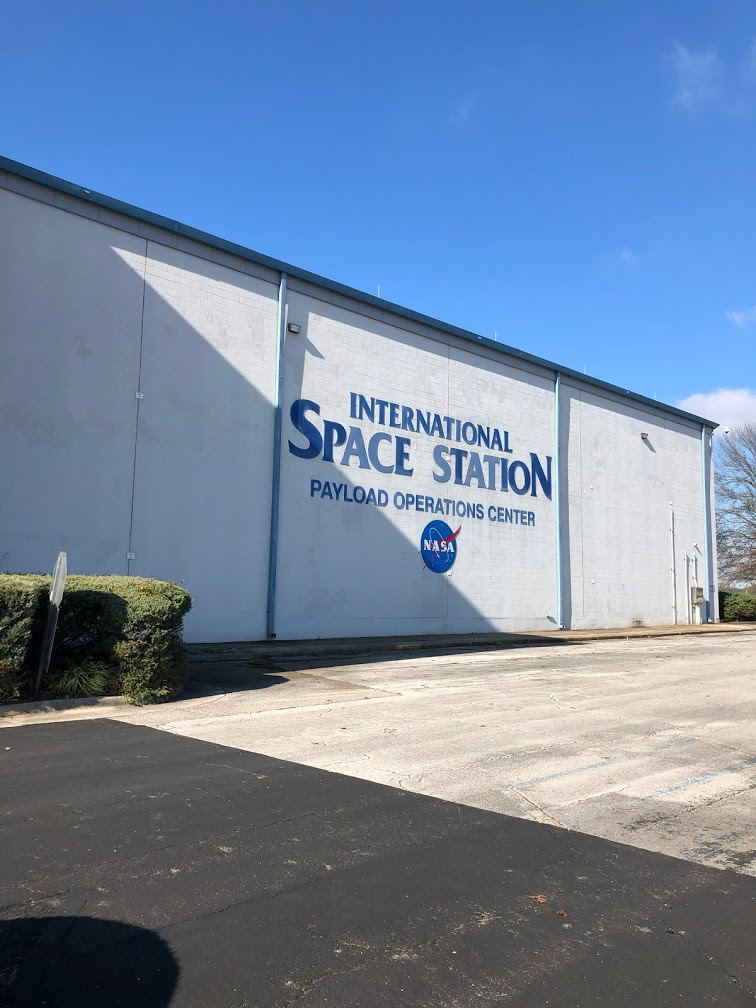 You can also get a first-hand look at the NASA center on the museum’s bus tour, including stops at some of Marshall’s fascinating facilities.
You can also get a first-hand look at the NASA center on the museum’s bus tour, including stops at some of Marshall’s fascinating facilities.
NASA’s Marshall may be celebrating 60 years in Huntsville that have changed the world, but when you hear about the work that’s going on there today, you’re realize – the best is yet to come!
